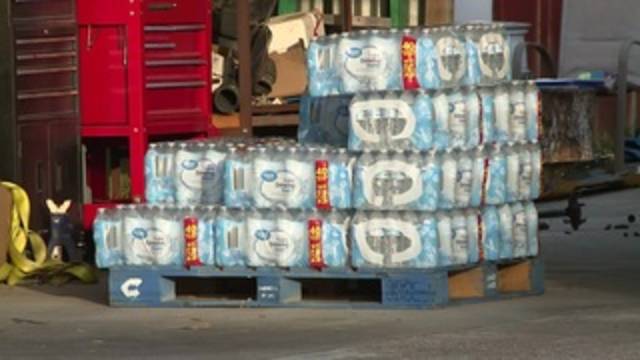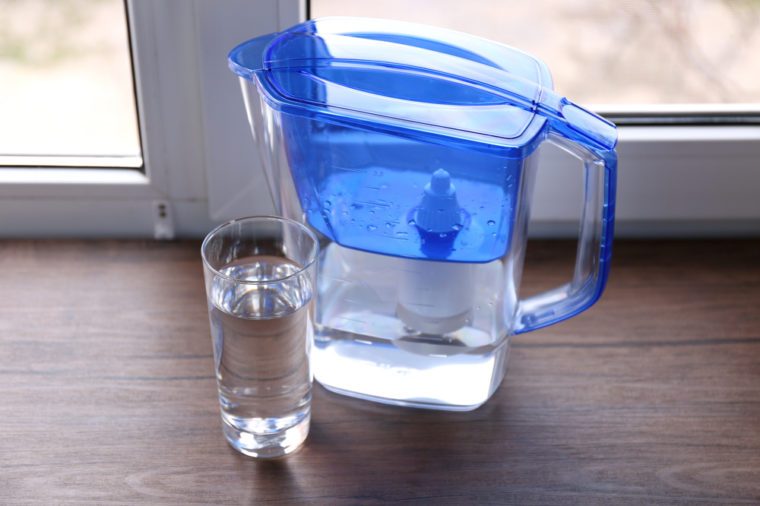Due to recent news reports of tainted water passing into the drinking system of major cities around the world, there has been a renewed interest in the quality of water that people drink. After all, not all water is the same. There has also been an increase in demand for iron water filters and water treatment systems that help supplement the naturally-occurring minerals in most of the water we drink. Communities that live far from the city typically rely on well water for their needs. While this water is generally safe, it needs to be treated with iron filters or water treatment systems to ensure it has the right properties at the proper concentrations.
Why iron filters?
Naturally-occurring water may contain iron, hydrogen sulfide, and manganese among others. While these metals do occur in the human body in minuet quantities, they can be more concentrated in water thus becoming contaminants. High dosages of undissolved ferric or ferrous iron can also be present. This is responsible for the characteristic “orange-brown” water that sometimes comes out of the faucet the first time its turned on. If your water has iron in concentrations of 3 to 4 parts-per-million, then an iron filtration system is necessary. In a nutshell, how can you tell you need to purchase and install an iron filter?
- When the water coming out of your faucet is orange-brown
- When the water has a distinctive “metallic” taste
- When the water pressure seems low
- When the water-based beverages made from that water taste different
- When the clothes washed in that water transform into a dull color
How does an iron filter work?
The best iron filters will begin the process by pre-treating the water via oxidation. This is achieved using an oxidant such as ozone, chlorine or hydrogen peroxide. This pre-treatment serves to enlarge the iron particles making them easier to remove.
Next comes the actual filtration process. This is the mechanism whereby the enlarged iron particles are removed. The best iron filters in the market are those that are able to do the best job when it comes to pretreatment.
Filtration is not a complicated science. Once the iron particles are enlarged, they are unable to pass through the chemical filter which only allows clean water. This process also continues into backwashing where the iron particles are completely forced out and eliminated by the filter.
Iron filtration achieves the following:
- It completely removes ferric iron from the water. The result is clean, sparkling water which looks and tastes great
- It eliminates the metallic taste in making water taste awesome
- It eliminates any odor which is common in unfiltered water
At Reynolds Water Conditioning Company, we are here to help make sure our clients don’t buy water treatment systems that they don’t need. We are here to make sure you find a water softening system that gives you the results you are looking for, whether it is to remove iron or odor from you water; we have a solution that will help! For more information contact our experts at 800.572.9575 or at our website https://reynoldswater.com.


